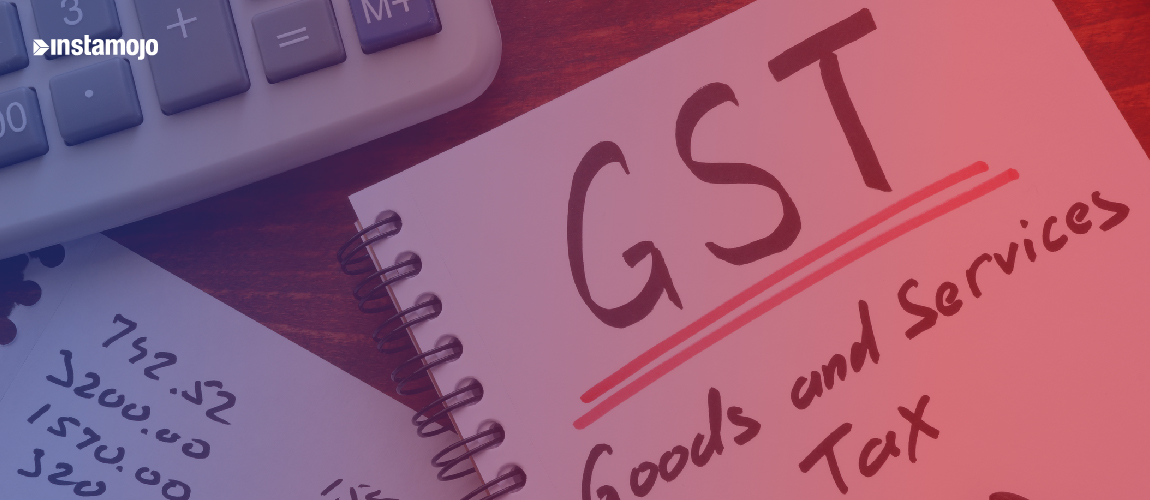Still wrapping your head around GST return filing? Don’t worry, you aren’t alone. In recent GST news, word is that businesses won’t have to file multiple returns anymore. Approved by the Group of Ministers that handle GST, this proposed model will make compliance easier for your business.
A recent report by Money Control states you may not have to file multiple returns when filing your GST. You may only have to file one form every month. Also, the earlier automatic system-based matching would be replaced with a semi-automatic matching where the seller would upload invoices and the buyer has to verify the invoice.
Filing Returns Under GST
Currently, the GST filing system requires a business to fill at least three forms on a monthly basis. The Input Tax Credits are granted as soon as one file the returns. With the new proposal in place, you may have to just fill a one-page return.
The proposal is a part of the government’s attempts to simplify the GST return-filing process since it’s implementation. Several models have been proposed to make it easier and more accessible to businesses in the country.
Understanding GST
The introduction of the GST bill changed the tax structure. GST is levied on every stage of manufacturing and it depends on an interlinked network of buyers and sellers or GST Network (GSTN)
GST has reduced the burden of multiple aggregated taxes on the consumer. It has done away with the Value Added Tax(VAT), service tax, entertainment tax, excise duty and luxury tax. These indirect taxes are replaced by Central GST (CGST), State GST (SGST) and Integrated GST (IGST).
How the GSTN works
The IT system of GST Network (GSTN) accepts purchase and sales invoices uploaded by a seller. The buyer also uploads their invoice. The system then, automatically, calculates the Input Tax Credit applicable for the seller and the buyer.
In the new model, the automatic nature of the system will be replaced by a semi-automated process of entering the purchase and sales information.
The semi-automated structure of the new model will enable the seller to continuously add invoices and the buyers can have a look at them. The seller can lock the invoice, thereby making it impossible for the seller to edit or delete it. This makes the invoice final and the seller no longer has to update his part of purchases.
Pro and Cons
Advantages:
- The proposed model will encourage businesses to accept tax compliant suppliers because the system will release a list of defaulters periodically.
- If the defaulters don’t pay the tax even after a warning, the input tax credit or ITC will be reversed.
- High-risk suppliers will be identified and will pay advanced tax to minimize the reversal of ITC.
Disadvantages:
- The drawback here is that small businesses might have to employ a person full time to keep on updating the invoices. These are extra costs for small businesses that are trying to establish themselves.
- Also, the Input Tax Credits may be kept on hold until the returns are filed and verified. This makes the filing process longer.
Verdict
The proposed model is expected to simplify the GST process. While it may take more time to get back the returns, this could make the system leak-proof and ensure that Input Tax Credits are released to the right party.
Having trouble understanding GST? Take a look at this video series that explain GST under 2 minutes. If you are a seller in Instamojo, LegalRaasta – our official GST partner – can help you take care of all your GST woes.


2 comments
good and service tax is very vast.
This is a wonderful read. Thank you.